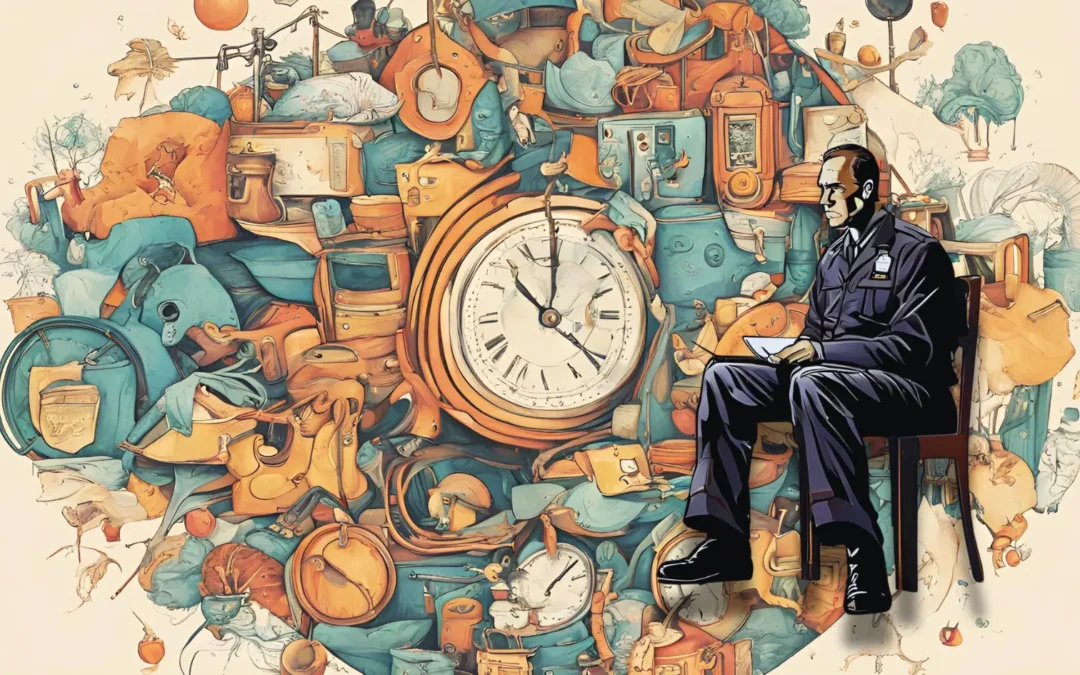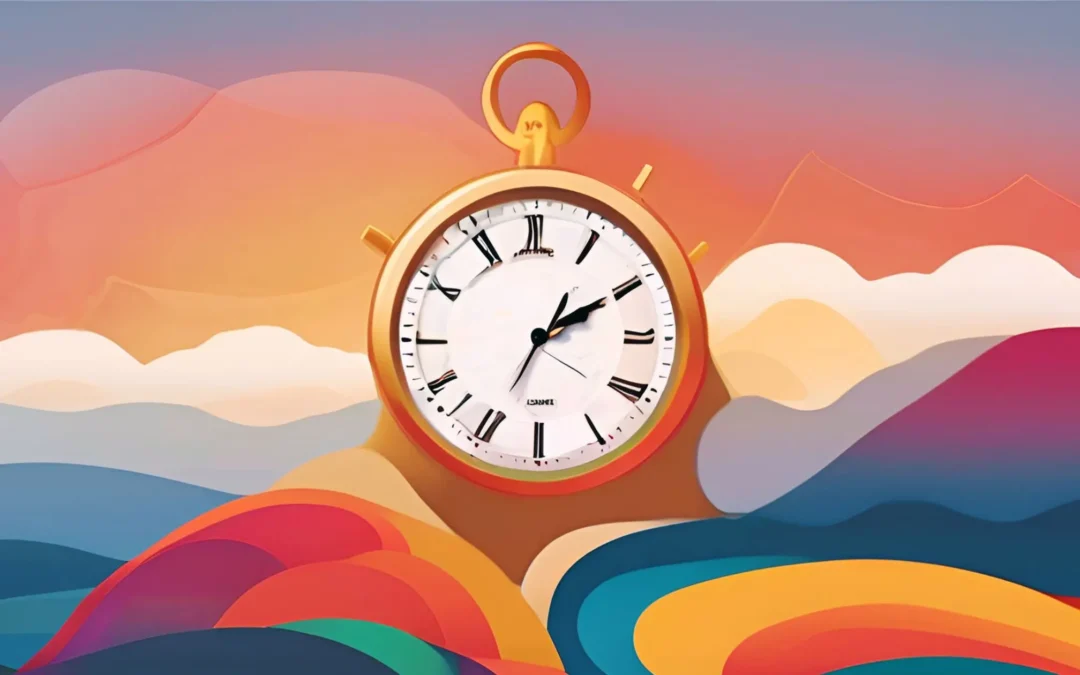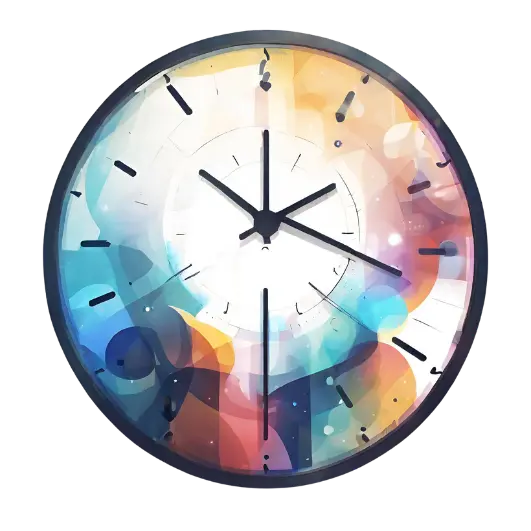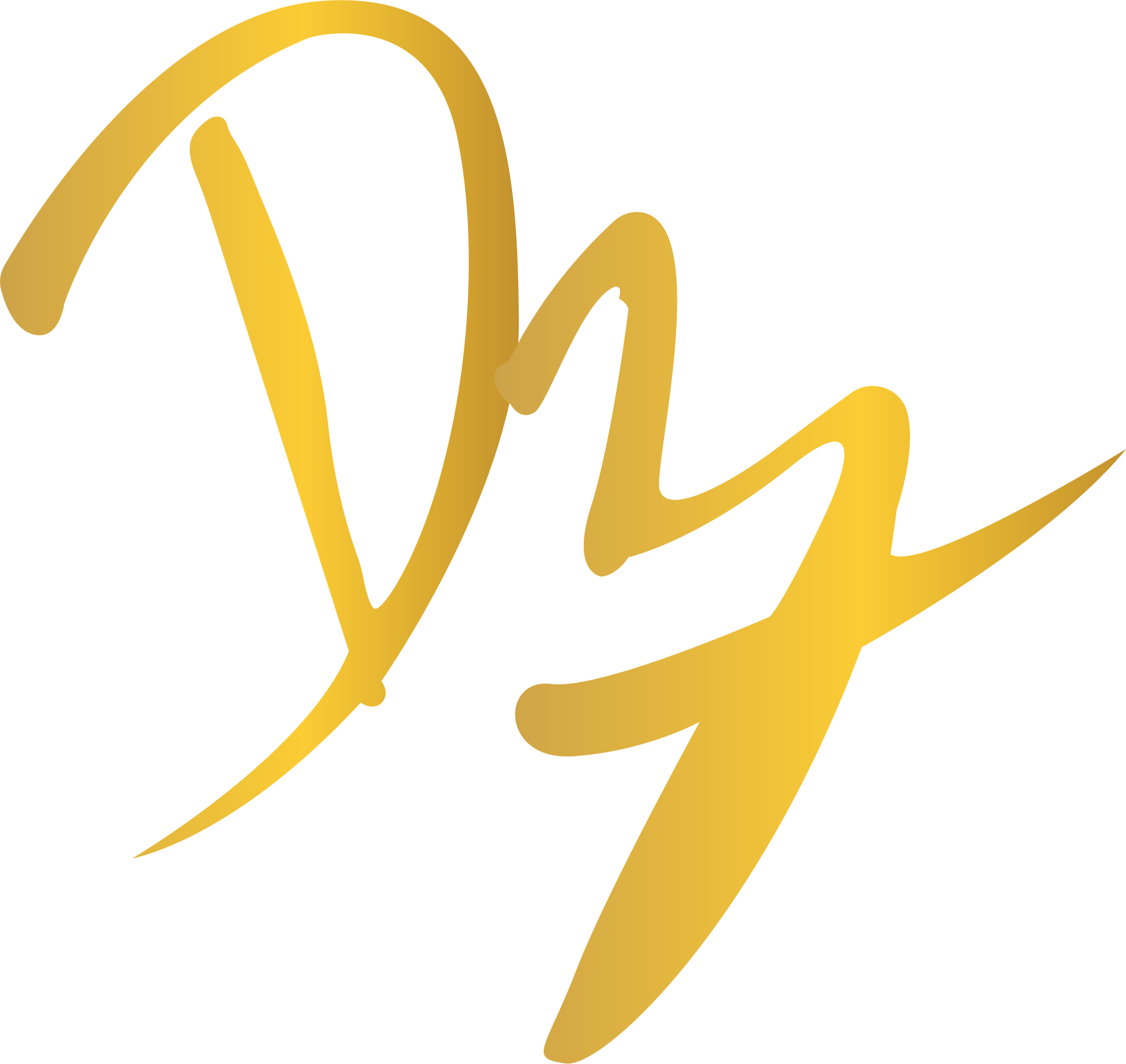Does effective time management have to be a chore?
We have plenty of time when we get more specific with how we spend it and why. When we use our time to work, being busy with our business, how often do we put our health on the backburner?
What about developing our relationships with our partner or our kids? We don’t come home for dinner because we need to work. We’re not there to tuck them in at night, and they’re asking where’s mommy, where’s daddy? Daddy is working. Expect this has been going on for years.
We think that we don’t have enough time that we have too much to do.
The amount of work that we have to do is not the issue—the problem is that we’re not working effectively. We will always have more things to do than time to do them. We have to become more selective with how we use our time.
In this article, you’ll learn about Day Design—a system that provides a happy alternative to how we typically approach effective time management. You’ll also learn a secret from the longest living people in the world about their remedy for a balanced life.
Effective Time Management Using Day Design
As a Day Designer, our goal is to become 100% productive in each area of our lives.
We make time for everything valuing quality engagement over quantity. There is no way to fulfill all our deep goals in short amounts of time. Our focus is on stacking activities consistently in the areas that matter the most.
To apply this, we do our professional work during working hours (whatever we decide they are) and make time at home sacred for relationships and spiritual productivity. We orchestrate each part of our day to include the meaningful aspects of our lives. Not once in a while, but every day.
A Day Designer controls their schedule, time, effort, and energy. They know what each moment is for and what activity will provide the highest level of achievement.
We need to modify our urge to blur the lines by creating clear distinctions between our goal channels. The categories of productivity are interrelated—that is true—but trying to do everything at once is not giving our best with our best. Working in this fragmented manner gives us fragmented outcomes.
Planning for the Future
We’ve been focusing on our future dreams. We’re working hard now to enjoy life later. It’s all about making smart sacrifices. Right? But what we’re sacrificing for the sake of a better future is more than time. It’s our current happiness.
We’re distant and not present as life unfolds before our eyes, our life. We’re using our imagination for our plans but fail to see the beauty that is the dream we’re already living.
What if we made the process our goal and contributed to all areas of our productivity? What if we won each day because we made the time for what’s important when it was the right moment. What if each moment was clearly defined, not to torture but to empower our frantic minds. We would know that it’s ok to make the most of what’s in front of us because we planned it that way.
We find peace not from rigid control but from knowing when to let go.
Productivity Tips for Health Goals
We know health is essential but do we make it a pillar of our productivity? We acknowledge that we could improve our health by doing X or W, but what happens? We work all day then get some exercise if we’re not too tired.
But we’re always tired. Go figure.
When we say “we’re too tired,” we’ve used our willpower from all the decisions we’ve made during the day. We’re not physically but mentally exhausted because we’ve spent our decision-making abilities on our work. There’s nothing left over, which is why it’s harder to resist drinking, eating sweet foods, or deciding to exercise as it gets later in the day.
That tired feeling at the end of the day has less to do with our workload and more to do with not moving our bodies regularly. When we incorporate regular exercise into our daily routine, we increase our willpower. We, in turn, have a deeper well to draw from, which allows us to make more decisions, hence be more productive.
Willpower is what gives us the energy to make decisions aligned with our goals. That includes clear thinking and actions.
In the book Ikigai by Hector Garcia and Francesc Miralles, the lesson from the longest living people in Ogimi, Japan is profound. They are in a constant state of motion, not hurried or rushed, making movement an integral part of their productivity. They don’t lift heavy weights or run long distances. Nothing they do is extreme but rather calculated and balanced.
Typically, when we think of health, two things come up: our current fitness level and the exercise we need to do to change it (usually with a lot of resistance, even dread). We have to go to the gym. We need to exercise. We’re lighting a Looney Tunes stack of dynamite to our health.
Let’s bring focus to what’s critical—movement. We feel tired because we’re not using our bodies, not because we’re not running 30 miles or lifting 500 pounds. Productive health doesn’t require grand achievement—a simple walk can do the trick.
Frequent movement, not frequent agony at the gym.
Losing Mobility Was a Wake Up Call
We often take our minds and a working pair of hands and legs for granted. We have to be around to make our goals happen. These are what bring us to our goals, both physically and mentally.
Those with adverse health conditions or who have lost mobility understand how fleeting health is—the physical reminder that things have changed is there forever.
I know because it happened to me.
Years ago, I had a motorcycle accident and shattered my radius and ulna. If you looked at the x-ray, my wrist looked like the Milky Way galaxy, white particles (bone fragments) scattered through a vacuum of space. To this day, my dad still gets freaked out when he thinks about that image of nothing connecting my hand to my forearm.
Losing the ability to move my wrist, an essential skill for a performing musician, taught me how closely tied my goals were to my body. It was the first time that the ability to reach my goals vanished.
Without the ability to move, how could I play music again?
I lost 30 pounds and developed an addiction to the prescribed painkillers over that intense two-month period. I didn’t want to eat or talk to anyone. I didn’t even go to work. I don’t know what was worse, the pain from the injury or the thought that I’d never play music again.
It wasn’t until years later that I understood that I went through addiction and recovery. After multiple surgeries that spanned four years, my wrist has never been the same.
Even without addiction or severe health problems, all of us experience similar things. As we age, we get a little slower, or we have less endurance. We say to ourselves—I should work out. I’ll get to it, eventually.
But the thing is that our goals and our bodies are intertwined. We cannot take this for granted, which is why it’s vital to remain in a state of motion.
I think about it all the time when I pick up my children. Sometimes I almost drop them because my wrist doesn’t rotate like it used to. It’s a reminder that decay is inevitable.
Be like the folks from Ogimi—in motion, neither hurried nor rushed, completely intentional with every move.

The biggest waste of time in your life
I remember when I was talking to this veteran guy. He’s been in the military for 20 over twenty years. He was about to get his pension but was distraught/upset because he didn’t appreciate how much time had passed since he served. He never figured out what he cared...

What’s the BEST Way to Spend Your Spare Time?
Learn something new. Read books. Go on an adventure. Take a walk. There are high-quality things we can do when we are not working, like activities for community, health, and spirituality, like meditation. When we have spare time, if all we want to do is relax, that...

4 Remarkably Simple Time Management Steps to Achieve Your Goals
Day the Do your goals freak you out? Do you think that the right time management steps will help you achieve them more quickly? When we design our day, we don’t need to become fanatical about achieving our goals. But yet, this happens to many. We look at where we are...


